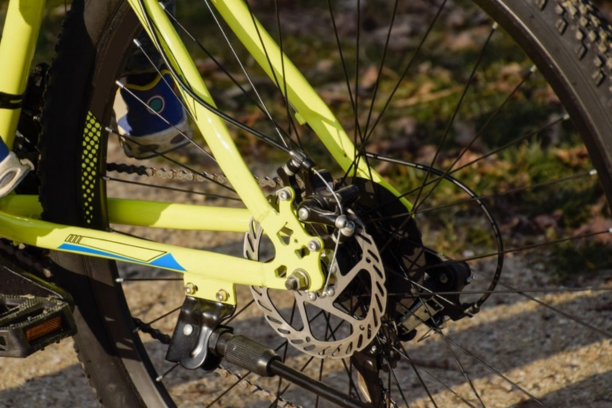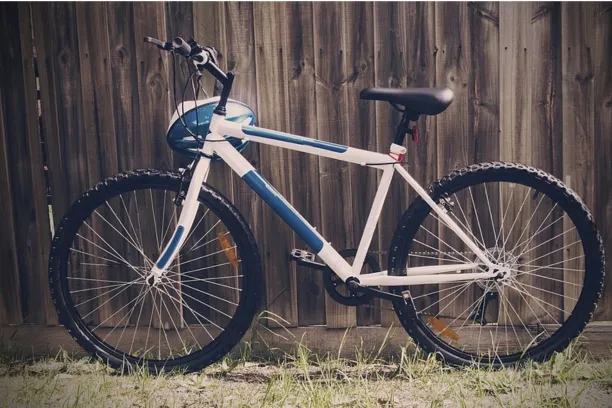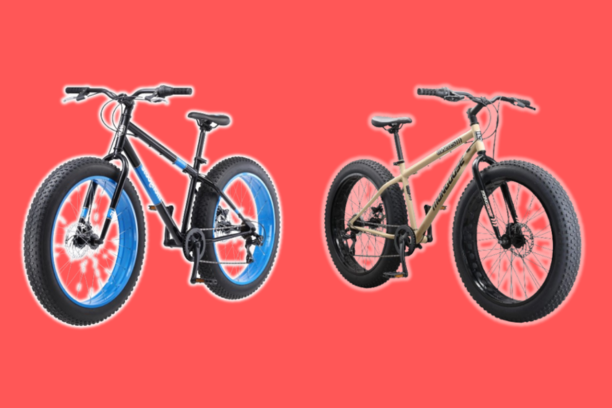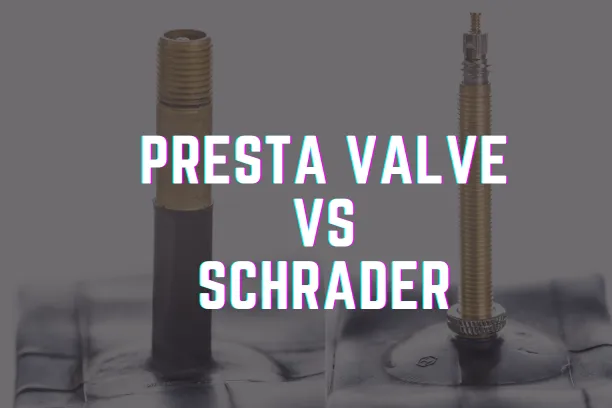What is a Hardtail Bike?
A hardtail bike is a thrilling ride that adds an extra oomph to your cycling adventures. But what exactly is it? Well, think of it as a two-wheeled wonder with front suspension and a rigid rear end.
It’s like having the best of both worlds – nimble handling and pedaling power! Let’s dive deeper into this awesome bike style and explore its unique features.
What is a Hardtail Bike?
A hardtail bike, also known as a rigid rear bike, is an exhilarating two-wheeled marvel that combines the best of both worlds. The term “hardtail” refers to bikes with only front suspension, while the rear remains rigid and devoid of any shock absorption mechanisms.
This design choice allows for enhanced pedaling efficiency and lighter weight compared to its full-suspension counterparts.
Unlike full-suspension bikes that have both front and rear suspension systems, hardtails prioritize simplicity and responsiveness on various terrains.
By eliminating the rear suspension, these bikes provide riders with better power transfer during intense climbs or fast-paced rides. The absence of complex moving parts in the frame also means lower maintenance requirements.
But how does this compare to full-suspension bikes? Well, it all comes down to personal preference and intended use.
While full-suspension bikes excel in providing maximum comfort and control on rough trails or downhill descents, hardtails offer unmatched efficiency when it comes to tackling smoother surfaces or cross-country racing.
Components and Features

When it comes to hardtail bikes, several key components and features contribute to their unique performance. Let’s dive into each one:
Frame Design
The frame of a hardtail bike is meticulously crafted with the absence of rear suspension in mind. This design choice offers numerous advantages such as improved pedaling efficiency, lighter weight, and lower maintenance requirements.
With a rigid rear end, power transfer becomes more efficient, allowing riders to maximize their pedal strokes on any terrain.
Front Suspension Forks
Front suspension forks play a crucial role in absorbing shocks encountered on uneven terrains. They come in different types like air or coil suspension, each offering its own set of benefits based on rider preferences and riding style.
These forks ensure a smoother ride by absorbing impacts from bumps and obstacles along the way.
Wheels and Tires
Hardtails provide flexibility when it comes to wheel size options: 27.5 inches or 29 inches (also known as 650b or 29ers). The chosen wheel size affects the overall handling characteristics of the bike, with larger wheels providing better rollover capability for rougher terrains.
Furthermore, tire selection plays an important role in determining traction levels on various surfaces due to factors like tread patterns and width.
Braking System
Hardtail bikes employ different braking systems including disc brakes for enhanced stopping power and durability even under challenging conditions.
Disc brakes offer superior modulation compared to traditional rim brakes enabling precise control over speed while ensuring consistent performance regardless of weather conditions.
Drivetrain Components
Gears, derailleurs, and chainrings/cassettes are all vital drivetrain components relevant to hardtails’ off-road capabilities.
Popular brands/models known for their exceptional performance during off-road biking scenarios can greatly enhance the overall riding experience by providing reliable shifting precision necessary for tackling diverse terrains effectively.
Riding Experience & Applications
When it comes to riding a hardtail bike, the experience and applications can vary depending on the terrain and your cycling preferences. Let’s explore how hardtails perform in different scenarios:
On-Road Performance
Hardtail bikes excel on smoother surfaces thanks to their better pedaling efficiency. This means you can enjoy a more efficient ride when commuting or engaging in gravel biking adventures.
Whether you’re cruising through city streets or exploring unpaved paths, Hardtails provides a responsive and agile ride that enhances your on-road cycling experience.
Off-Road Performance
- Trail Riding: Hardtail bikes are well-suited for moderate trails where suspension demands aren’t as extreme compared to full-suspension counterparts. However, it’s important to note that they may have some limitations when confronted with rougher terrains due to the absence of rear suspension.
- Cross-Country Racing: For cross-country racing enthusiasts, hardtails offer distinct advantages such as speed optimization during races. Their lightweight design combined with efficient power transfer allows riders to navigate challenging racecourses with agility and precision.
- Downhill Mountain Biking: While hardtails shine on smooth surfaces and moderate trails, they do face challenges when it comes to downhill mountain biking on rough terrains. The lack of rear suspension makes absorbing impacts from jumps and drops more difficult, which calls for skilled maneuvering techniques by the rider to maintain control and minimize discomfort during intense descents.
Whether you prefer an exhilarating off-road adventure or a smooth cruise along paved roads, hardtail bikes cater to various riding styles and terrains. Their versatility ensures an enjoyable experience whether you’re tackling trails or embarking on long-distance journeys across different landscapes.
FAQs
Are hardtail bikes suitable for mountain biking?
Absolutely! Hardtail bikes are widely used for mountain biking, especially on moderate trails and cross-country routes.
Can I use a hardtail bike for downhill riding?
While hardtails can handle downhill riding to some extent, they may face limitations compared to full-suspension bikes. The absence of rear suspension makes it more challenging to absorb impacts on rough terrains or during intense descents.
Do hardtail bikes require less maintenance than full-suspension bikes?
Yes, one advantage of hardtail bikes is their lower maintenance requirements compared to full-suspension counterparts.
What wheel size should I choose for my hardtail bike: 27.5 inches or 29 inches?
The choice between 27.5-inch and 29-inch wheels depends on personal preference and intended use. Larger wheels (29ers) roll over obstacles more easily, offering enhanced stability at higher speeds, while smaller wheels (27.5 inches) provide better maneuverability in tight corners.
Are disc brakes necessary for a hardtail bike?
Disc brakes are highly recommended for hardtails due to their superior stopping power, especially in wet or muddy conditions where rim brakes might struggle.
Conclusion
A hardtail bike is the perfect companion for riders seeking an exhilarating and efficient cycling experience. With its front suspension and rigid rear end, it strikes a balance between responsiveness and power transfer.
Whether you’re conquering smooth roads or tackling moderate trails, the hardtail’s versatility shines through. While it may have limitations on rough terrains compared to full-suspension bikes, its lightweight design, and low maintenance make it an appealing choice.
So hop on a hardtail bike and embark on your next two-wheeled adventure with confidence!






